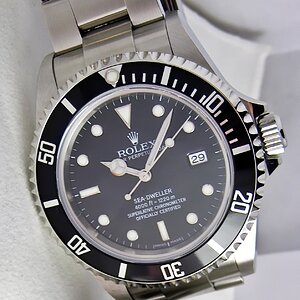ferny
No longer a newbie, moving up!
Not sure if this should go here of in "Examples, How-To's and Graphics Program Tutorials". I'll stick it here for now. 
All images are hosted at a Lycos account. Let me know if you can't see them. They've all been run through Photoshop's auto-contrast, auto-colour and auto-levels. The pictures were taken on a tripod and with auto focus. They're snap-shots so the focus may be out a bit on some. The only point of them is to show examples. It's taken me longer to right this post than take the images and put them on the computer.
To work out the magnification value you divide the camera lens by the reversed lens. So with a 50mm lens reversed and sitting on a 114mm lens you get +2.8. Everything will be 2.8 times bigger than it really is.
Here is the original set-up. From left to right; A 49mm-55mm step-up ring (home made), a Vivitar MC Close Focus Wide Angle 28mm 1:2.8 (I don't know why it's in this photo, I don't use it because the vignetting is too great), an adaptor which pushes onto the camera and has a 55mm thread on the outside (it's home made out of bronze, you can see a white plastic insert which stops the metal from scratching the plastic camera), a Toshiba PDR-M61 and a MC Rokkor-PF 50mm 1:1.7 (the lens I usually reverse).

Here is what it looks like when put together.

This is the sort of image that you get with the lens on the camera fully zoomed (114mm film equivalent).
Original resized. Notice the vignetting. Mag = +2.8

A crop from the original, no resize. Mag = +2.8

Here is my new set-up. Left to right; MC Rokkor-PF 50mm 1:1.7, two elastic bands, Konica Minolta DiMAGE Z10 and a Vivitar MC Close Focus Wide Angle 28mm 1:2.8.

This it all put together. The thread size on the lenses is 49mm and the thread on the camera is 43mm. The end of the camera fits nicely into the filter thread on the lens. Leaving a tiny gap all the way around.

And these are the images you get. Firstly a resized image straight from the camera using the 50mm lens. Notice the lack of vignetting because with this camera at full zoom it is 290mm. Mag = +5.8

And now a crop of that image. Excuse the lack of focus. Mag = +5.8

With the 28mm lens. The vignetting is back because this is a 28mm 2.8 meaning the hole in the centre of the lens is smaller. Mag = +10.4

And a crop of that. Excuse the lack of focus. The shake didn't stop in time with the, two second timer. I should have set it to 10 seconds and retake it. But... nah. Mag = +10.4

With the 8x digital zoom on you will get silly numbers.
Here is what the macros are from. The red dot is the exact spot.

SeaBreeze said:Ferny, Nice to see another "Z" user here. The use of rubber bands sounds like a pretty good idea actually. I'd like to see those pics of your setup when you have time. If you also have some links to macros you've done, feel free to pass those along as well.
andreag5 said:i would also like to see a picture of your setup
All images are hosted at a Lycos account. Let me know if you can't see them. They've all been run through Photoshop's auto-contrast, auto-colour and auto-levels. The pictures were taken on a tripod and with auto focus. They're snap-shots so the focus may be out a bit on some. The only point of them is to show examples. It's taken me longer to right this post than take the images and put them on the computer.
To work out the magnification value you divide the camera lens by the reversed lens. So with a 50mm lens reversed and sitting on a 114mm lens you get +2.8. Everything will be 2.8 times bigger than it really is.
Here is the original set-up. From left to right; A 49mm-55mm step-up ring (home made), a Vivitar MC Close Focus Wide Angle 28mm 1:2.8 (I don't know why it's in this photo, I don't use it because the vignetting is too great), an adaptor which pushes onto the camera and has a 55mm thread on the outside (it's home made out of bronze, you can see a white plastic insert which stops the metal from scratching the plastic camera), a Toshiba PDR-M61 and a MC Rokkor-PF 50mm 1:1.7 (the lens I usually reverse).

Here is what it looks like when put together.

This is the sort of image that you get with the lens on the camera fully zoomed (114mm film equivalent).
Original resized. Notice the vignetting. Mag = +2.8

A crop from the original, no resize. Mag = +2.8

Here is my new set-up. Left to right; MC Rokkor-PF 50mm 1:1.7, two elastic bands, Konica Minolta DiMAGE Z10 and a Vivitar MC Close Focus Wide Angle 28mm 1:2.8.

This it all put together. The thread size on the lenses is 49mm and the thread on the camera is 43mm. The end of the camera fits nicely into the filter thread on the lens. Leaving a tiny gap all the way around.

And these are the images you get. Firstly a resized image straight from the camera using the 50mm lens. Notice the lack of vignetting because with this camera at full zoom it is 290mm. Mag = +5.8

And now a crop of that image. Excuse the lack of focus. Mag = +5.8

With the 28mm lens. The vignetting is back because this is a 28mm 2.8 meaning the hole in the centre of the lens is smaller. Mag = +10.4

And a crop of that. Excuse the lack of focus. The shake didn't stop in time with the, two second timer. I should have set it to 10 seconds and retake it. But... nah. Mag = +10.4

With the 8x digital zoom on you will get silly numbers.
Here is what the macros are from. The red dot is the exact spot.







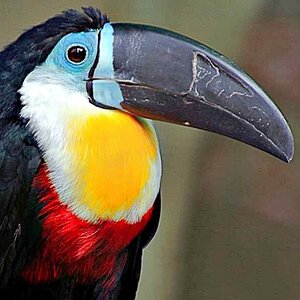
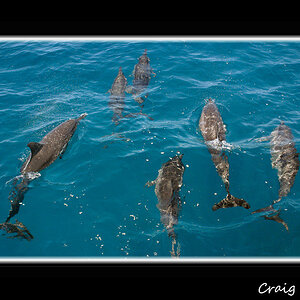
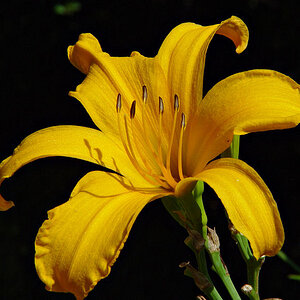
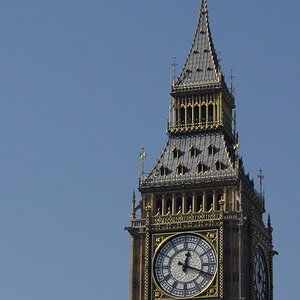
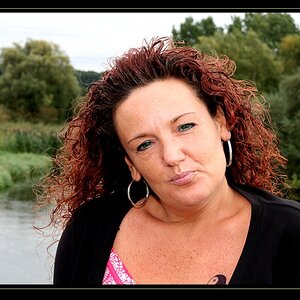
![[No title]](/data/xfmg/thumbnail/37/37094-a3c300cd42f78d01d01fe80c1233002e.jpg?1619737881)
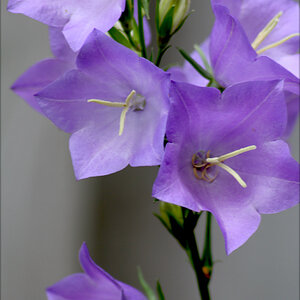

![[No title]](/data/xfmg/thumbnail/37/37607-69784b19e25bd0ba68e92ff4cfdfa8ff.jpg?1619738148)
